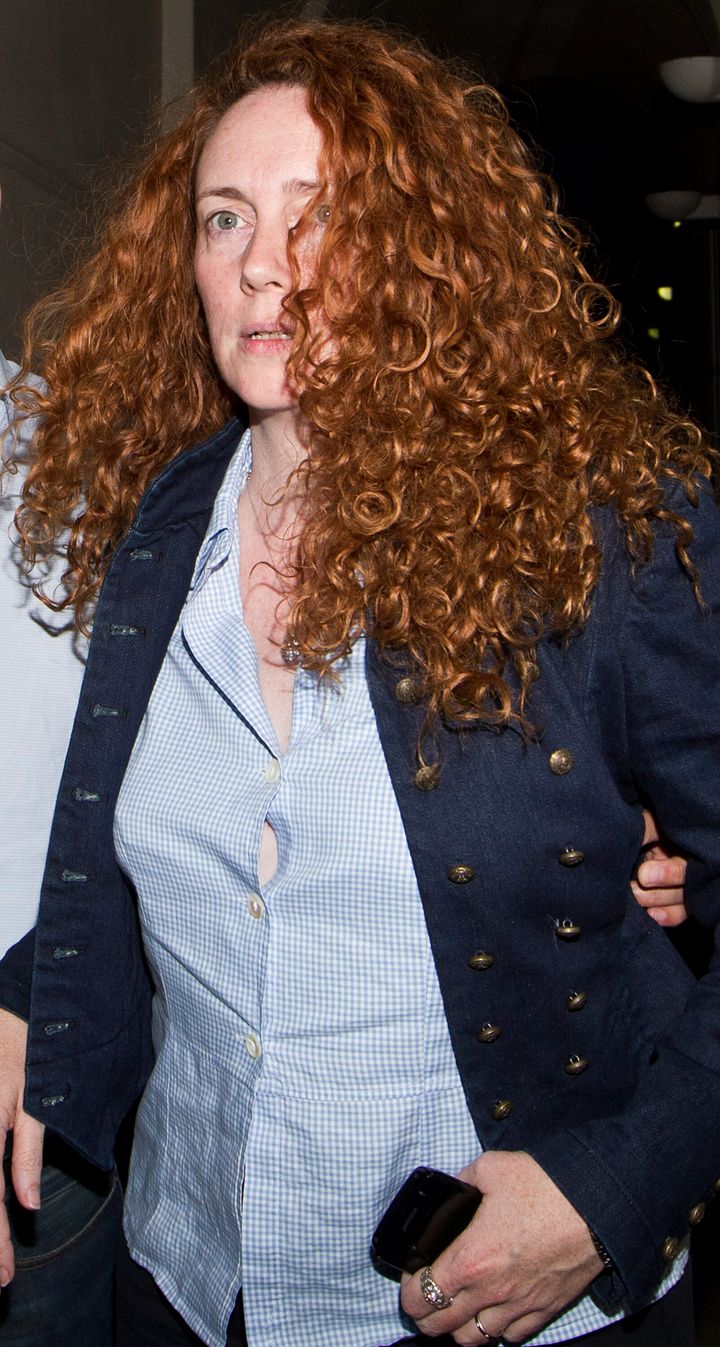
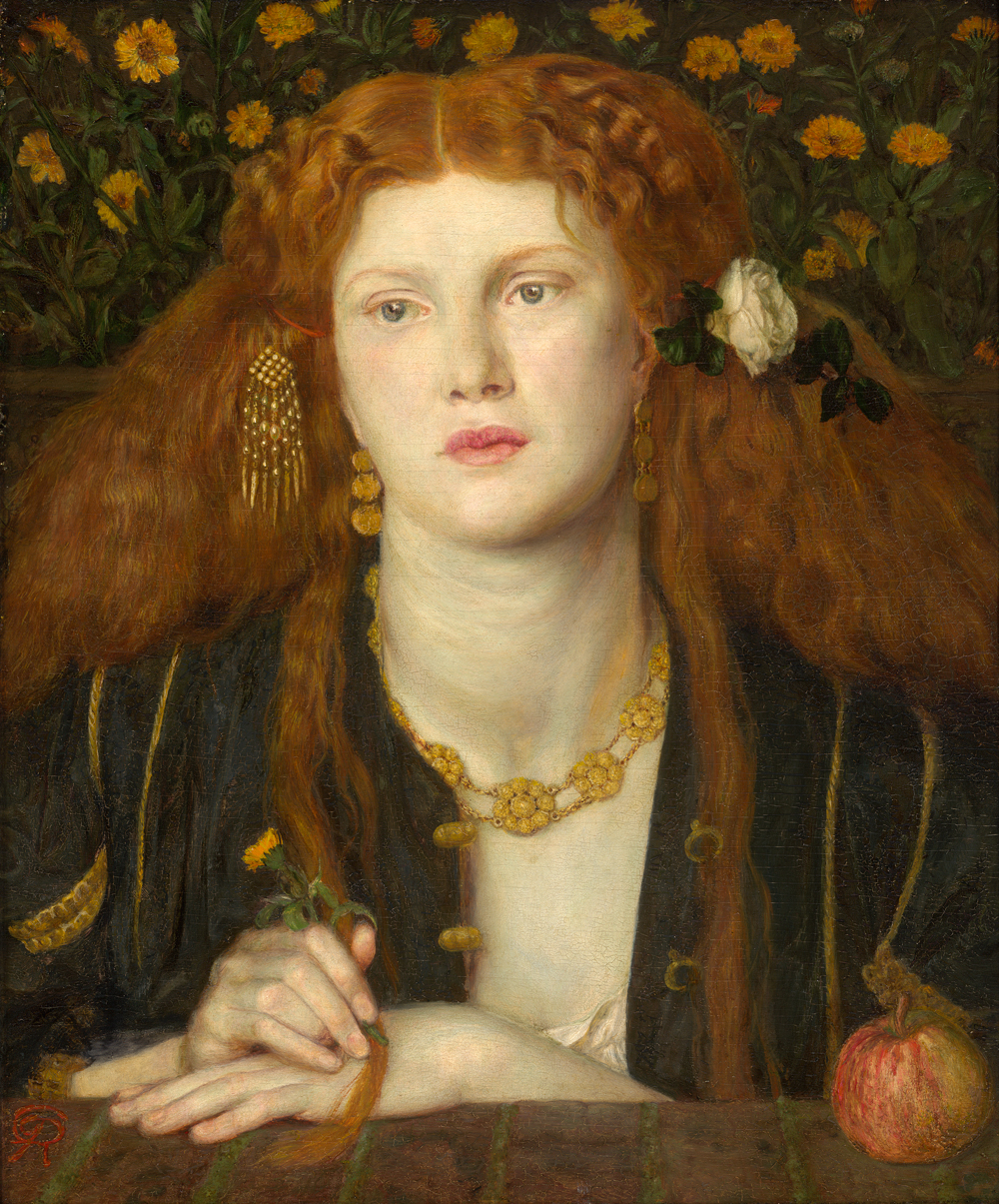
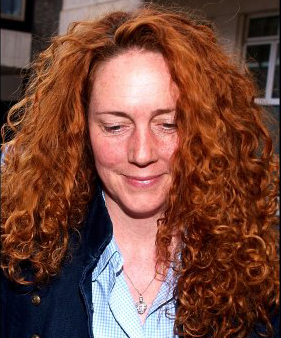 Image : Dante Gabriel Rossetti, Bocca Baciata, courtesy of Museum of Fine Arts, Boston
Image : Dante Gabriel Rossetti, Bocca Baciata, courtesy of Museum of Fine Arts, Boston
If life can be said to imitate art, then sometimes it takes your breath away.
Take, for example, the recent exhibit of The Cult of Beauty at the Victoria and Albert Museum in London which I saw on a cool and showery Sunday, the very day that Rebekah Brooks was arrested for her alleged role in the phone hacking scandal (the exhibit will reopen at the Musee d'Orsay in Paris in the fall).
The exhibit charted the development of the Aesthetic Movement in art and design from the 1860s to the 1890s, defined by a mix of sensual boho maverick and the grand tradition of portraiture
It was impossible not to gasp as one entered the jammed exhibition for lined up in the first gallery were rows of Rebekah Brooks-look alikes replete with abundant flowing auburn locks and the pale skin the pre-Raphaelites made so famous .
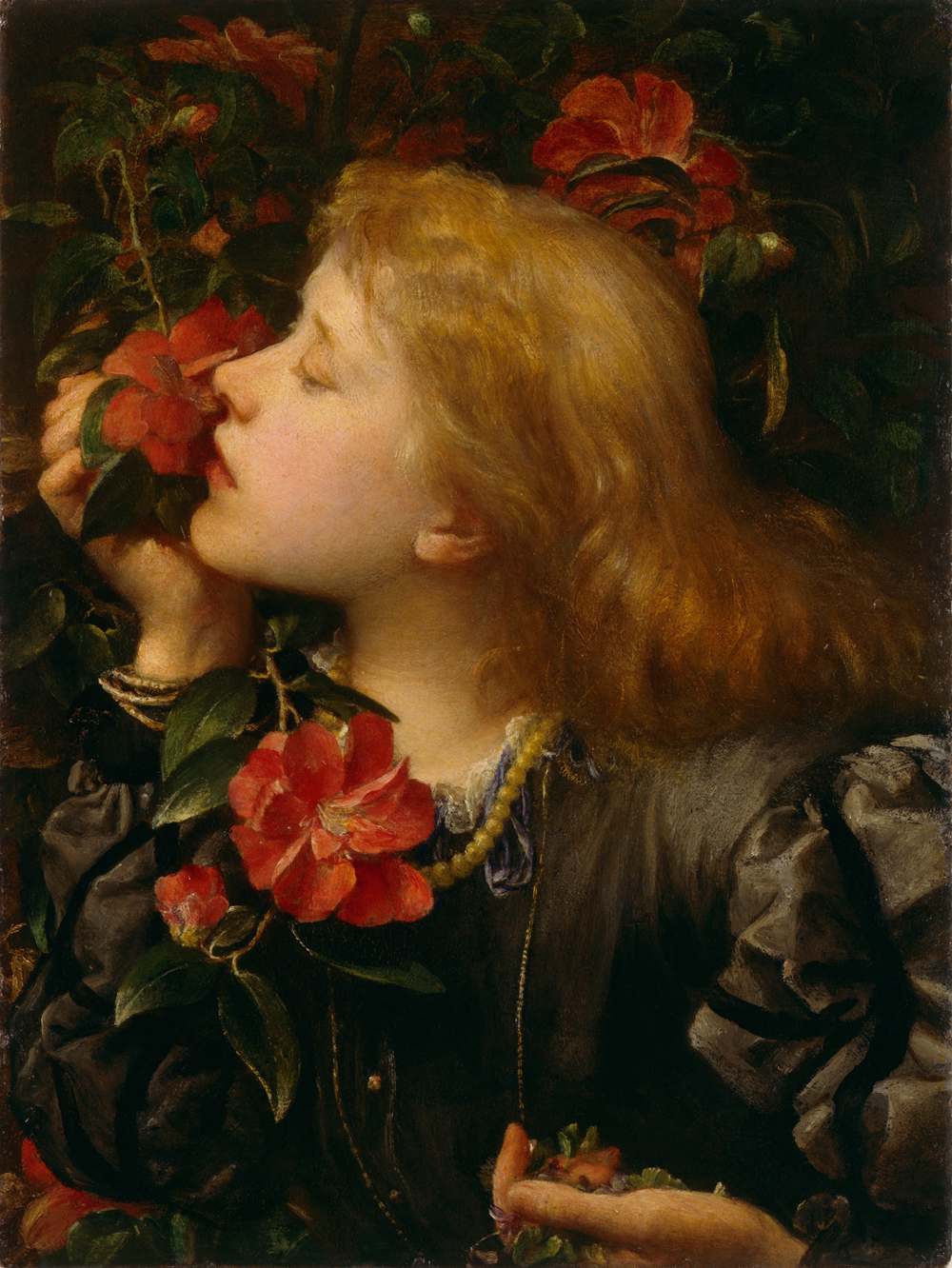
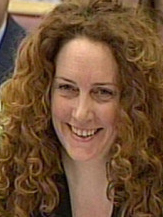 Image: Dame (Alice) Ellen Terry ('Choosing') by George Frederic Watts/ Courtesy the National Portrait Gallery of London
Image: Dame (Alice) Ellen Terry ('Choosing') by George Frederic Watts/ Courtesy the National Portrait Gallery of London
The news was oddly punctuated by thousands of women pouring out of Hyde Park at the end of a Cancer UK charity race dressed in pink solidarity. It was a cult of beauty but I'm not sure the Aesthetes would have understood the dog in the tutu or the Diane Arbus style twins in see through mesh bodysuits on stilts.
The Aesthetes, who merge on one end with the Pre-Raphaelites and on the other with the Symbolists, did choose unconventional subjects for their time: showier and not as law-abiding as the traditional heroic British figures that had previously populated most portraits e.g complicated heroines from Dante, the mistress of Henry II who was murdered by the king's jealous wife and Ellen Terry, an actress who gave up the stage to marry a man thirty years her senior who could educate her. From Whistler to Beardsley to Oscar Wilde, to Rossetti, they had wives and lovers, multiple serial mistresses and worked often under the influence of laudanum and other intoxicants; their glorification of beauty in the guise of flowers, apples or peacocks and poetry, and personified by lush redheads, was particularly prized. The choice of higher virtues over worldly vanities was supposed to be obvious in the Aesthetic quest for unity of art and life but even those who supposedly revered beauty above all succumbed to the pulls of power and wealth.
Sound familiar?
A cult is a sect generally considered to be extremist or false, with its followers often living in an unconventional manner under the guidance of an authoritarian, charismatic leader.Rupert Murdoch has been quoted as saying that Brooks was a staunch defender of the independence of journalists seeking the truth but one British sage described a dinner where heads of state and pundits were asked their opinion on important world events and then turned to Brooks to get her thoughts. Huh?, this person said, she was the furthest thing from an intellectual or leader. Cozying up to power does not mean cozying up to the truth.
They say to come to London for the theater. How apt. As the scandal threatens to engulf almost every sector, journalists have taken to analyzing their relationship to government, to each other and to their readers. We may remember this moment as a wake up call, or, like the Aesthetes, find that we have journeyed so far down the road of cult that we can no longer separate out what is meaningful and what is not.
In today's hearings -- it should have been declared a snow day as everyone watched and no productive work was done--all who were called were extremely cautious in their responses.
There was an article in the Evening Standard last night about big hair signifying powerful female executives.
Perhaps to impress the interlocutors today, and to further distance herself from the toxic cult(ure) that engulfed the newspapers under her watch, Miss Brooks should have worn a bun.
